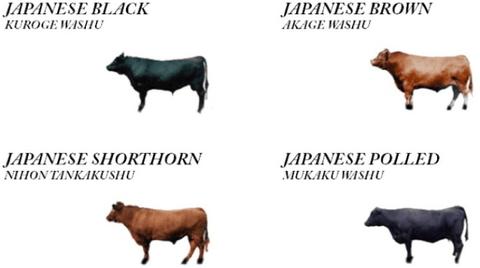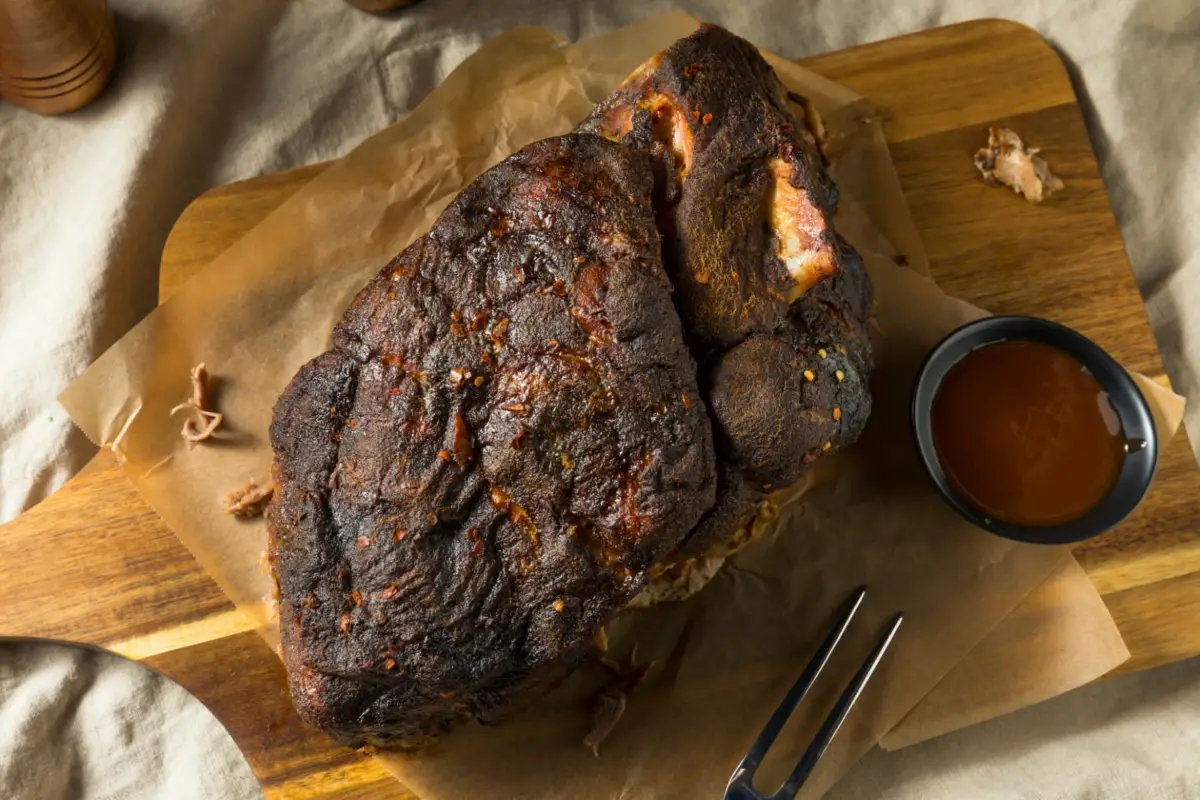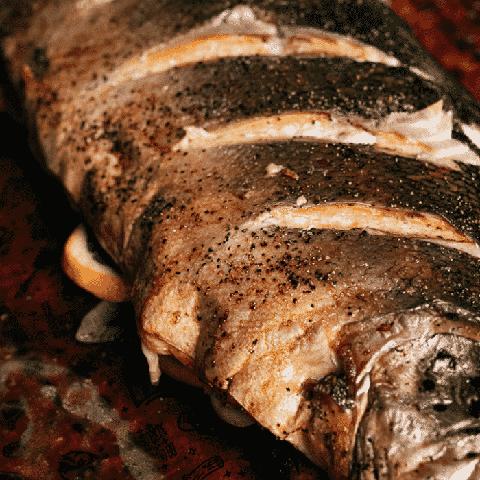
“What does lamb taste like?” From mild to gamey, lamb’s flavor varies dramatically depending on the cut and preparation method. The meat offers a rich, distinctive taste that’s earthier than beef, with subtle grassy notes that reflect the animal’s diet. While young lamb delivers a delicate, almost sweet flavor, older cuts can develop a more pronounced, robust character that many food enthusiasts seek out.
What Does Lamb Taste Like?

What Does Lamb Taste Like? A Complex of Wonderful Taste
Let’s start with the fundamental question: what exactly does lamb taste like? The answer is delightfully complex. Lamb offers a rich, pastoral flavor that’s uniquely its own—neither completely like beef nor game meat, but somewhere in between with its special characteristics.
Core Flavor Components:
- Rich and robust base notes
- Subtle grassy undertones
- Sweet, subtle background notes
- Earthy complexity
- Mild gamey quality (much less than venison)
Different Cuts, Different Flavors
What Do Lamb Chops Taste Like?
Lamb chops are often people’s first introduction to lamb, and for good reason. Here’s what you can expect:
- More delicate flavor than other cuts
- Sweet, tender meat
- Less intense gamey notes
- Clean, pure lamb flavor
- Excellent marriage with herbs
The key to lamb chops is their favorable meat-to-fat ratio, which provides excellent flavor without overwhelming intensity.
What Does Ground Lamb Taste Like?
Ground lamb offers a unique taste experience:
- Fuller flavor than ground beef
- Rich, slightly sweet undertones
- Consistent flavor throughout
- Takes well to seasonings
- Pleasant fatty richness
Ground lamb is particularly versatile because its flavor can be enhanced or mellowed depending on how you season it.
What Does a Leg of Lamb Taste Like?
Leg of lamb presents a more robust flavor profile:
- Deeper, more pronounced lamb flavor
- Rich, meaty character
- Notable but balanced fat content
- Excellent flavor development when roasted
- Complex, layered taste
The Origin Effect on Lamb Flavor

The Origin Effect on Lamb Flavor due to the origin of the lamb
Where your lamb comes from significantly impacts its taste.
American Lamb:
- Generally milder flavor
- Often grain-finished for a sweeter taste
- Larger, more marbled cuts
- Less intense pastoral notes
New Zealand/Australian Lamb:
- Stronger grassy flavor
- More pronounced pastoral notes
- Leaner overall
- More intense flavor profile
Factors Affecting Lamb’s Taste
Age Matters:
- Young Lamb (under 12 months):
- Milder, more delicate flavor
- Tender texture
- Subtle sweetness
- Yearling (12-24 months):
- More developed flavor
- Slightly firmer texture
- Deeper taste notes
- Mutton (over 24 months):
- Strongest flavor
- More pronounced gamey notes
- Requires careful preparation
Diet’s Impact:
- Grass-fed: More pastoral flavor, stronger taste
- Grain-finished: Milder, sweeter profile
- Mixed diet: Balanced flavor profile
Cooking Methods and Lamb Flavor Development

Cooking Techniques for Lamb Perfection
Grilling:
- Enhances natural sweetness
- Creates delicious caramelization
- Concentrates flavors
Roasting:
- Develops deep, rich flavors
- Allows fat to baste the meat
- Creates a tender, juicy result
Braising:
- Mellows stronger flavors
- Creates tender texture
- Allows for flavor infusion
Seasoning and Flavor Enhancement
Classic Pairings:
- Herbs:
- Rosemary
- Thyme
- Mint
- Oregano
- Spices:
- Cumin
- Coriander
- Garlic
- Black pepper
Regional Flavor Profiles:
- Mediterranean:
- Lemon
- Olive oil
- Herbs
- Garlic
- Middle Eastern:
- Warm spices
- Yogurt-based marinades
- Complex spice blends
- Indian:
- Curry spices
- Yogurt marinades
- Aromatic preparations
Choosing and Preparing Lamb for Optimal Flavor
Selection Tips:
- Look for pink to light red color
- Choose the appropriate cut for the cooking method
- Consider fat content for intended use
- Check origin for flavor preference
Preparation Methods:
- Trimming:
- Remove excess fat for milder flavor
- Leave some fat for moisture
- Consider the cut and cooking method
- Marinating:
- Can reduce gamey notes
- Enhances natural flavors
- Adds complexity
- Temperature:
- Room temperature before cooking
- Proper cooking temperature
- Adequate resting time
Read more: What Does Rabbit Taste Like? Discover If It’s Worth Your Plate?
Common Concerns and Solutions
“Too Gamey”:
- Choose younger lamb
- Select leaner cuts
- Use appropriate marinades
- Proper trimming techniques
“Too Fatty”:
- Select leaner cuts
- Trim visible fat
- Use appropriate cooking methods
- Proper preparation techniques
Health and Nutritional Aspects
Nutritional Profile:
- Rich in protein
- High in iron
- Good source of B vitamins
- Healthy fat content
Preparation for Health:
- Trim excess fat
- Choose lean cuts
- Use healthy cooking methods
- Balance with vegetables
Tips for First-Time Lamb Eaters
Lamb Eater’s Guide for Beginners
- Start with Mild Cuts:
- Lamb chops
- Rack of lamb
- Lean leg cuts
- Proper Preparation:
- Don’t overcook
- Use familiar seasonings
- Start with proven recipes
- Cooking Guidelines:
- Medium-rare to medium
- Rest before cutting
- Don’t overcrowd when cooking
Conclusion
Understanding “What does lamb taste like?” opens up a world of culinary possibilities. Whether you’re trying lamb for the first time or looking to expand your cooking repertoire, appreciating its unique characteristics helps you make the most of this versatile meat.
Remember that lamb’s taste can vary significantly based on origin, cut, and preparation method. Don’t be afraid to experiment with different cuts and cooking techniques to find your perfect lamb experience.
Learn More About Grilling
If you want to learn more about grilling, check out these other helpful resources!










